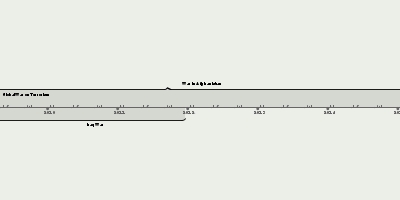jul 6, 1935 - National Labor Relations Act of 1935
Description:
The National Labor Relations Act of 1935 (Pub. L. 74-198, 49 Stat. 449), also known as the Wagner Act, is a foundational statute of United States labor law that guarantees the right of private sector employees to organize into trade unions, engage in collective bargaining, and take collective action such as strikes. Central to the act was a ban on company unions. The act was written by Senator Robert F. Wagner, passed by the 74th United States Congress, and signed into law by President Franklin D. Roosevelt.The National Labor Relations Act seeks to correct the "inequality of bargaining power" between employers and employees by promoting collective bargaining between trade unions and employers. The law established the National Labor Relations Board to prosecute violations of labor law and to oversee the process by which employees decide whether to be represented by a labor organization. It also established various rules concerning collective bargaining and defined a series of banned unfair labor practices, including interference with the formation or organization of labor unions by employers. The act does not apply to certain workers, including supervisors, agricultural employees, domestic workers, government employees, and independent contractors.
The NLRA was strongly opposed by conservatives and members of the Republican Party, but it was upheld in the Supreme Court case of NLRB v. Jones & Laughlin Steel Corp., decided April 12th, 1937. The 1947 Taft–Hartley Act amended the NLRA, establishing a series of labor practices for unions and granting states the power to pass right-to-work laws.
Added to timeline:
Date:
jul 6, 1935
Now
~ 90 years ago
